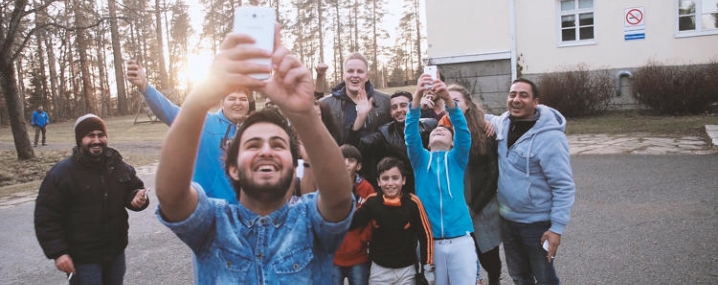
Dresden
Dresden is situated in the south-eastern part of the Free State of Saxony, which has borders with the Czech Republic and Poland as well as the German regions Bavaria, Thuringia, Saxony-Anhalt and Brandenburg. In terms of area, Dresden is the fourth largest city in Germany after Berlin, Hamburg and Cologne. The city population is 525,000, with 785,00 in the wider agglomeration.
The city is particularly marked by its 20th century history. The old centre was almost entirely destroyed during World War II by a series of air raids in February 1945. During the communist era, Dresden was the headquarters of one of the Eastern bloc’s main computer hardware and software combines, Robotron. Though the original combine was liquidated after German reunification in 1989, Robotron laid the foundations for a semiconductor, IT and telecommunications sector that now employs 48,000 people in 1,500 companies. More than €17 billion has been invested in Dresden’s microelectronics sector since the 90s.
From 1989 to 1997, the city lost more than 80,000 inhabitants, due to a substantial migration after German reunification and a sharp decline in the birth rate. Some 50,000 inhabitants have since been added, initially by incorporating neighbouring towns and villages, but subsequently by inward migration from elsewhere in eastern Germany. The city population is predicted to reach 555,000 in 2025. Dresden is a hub for higher education, with some 48,000 students, and R&D in areas such as nanotechnology, photovoltaics, life sciences and biotech. Dresden is also a popular city in Germany for tourism, fine arts and culture.
SOME RELATED NETWORKS
USER
ARRIVAL CITIES
News



